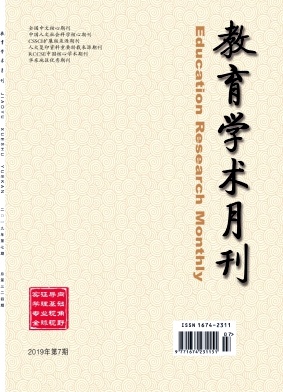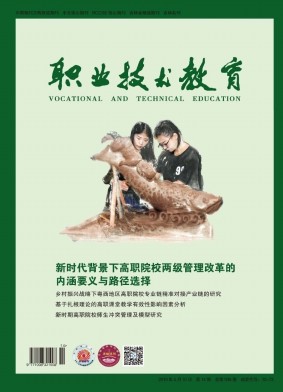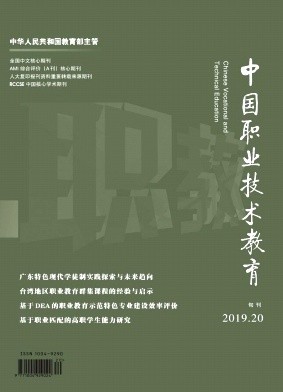摘要 在冷藏密闭、冷藏敞开、常温密闭和常温敞开的条件下对琼脂包埋后的自养硝化颗粒污泥(ANGS)进行储存,研究储存环境对ANGS稳定性的影响,考察储存后ANGS的恢复效果。储存40 d后,大部分ANGS的形貌仍饱满光滑,其质量分别减少了32.5%、31.3%、47.5%和39.2%,比耗氧速率(SOUR)分别下降到13.39、16.75、11.87和14.64 mgO2/(gMLVSS·h)。恢复期间,颗粒有部分破碎现象,但未发生明显解体;ANGS的活性在第22天恢复到储存前的水平[18.6~28.9 mgO2/(gMLVSS·h)];SOURNH4+/SOURNO2-在34 d后一直维持在1以下,说明亚硝酸盐氧化菌(NOB)的活性高于氨氧化菌(AOB)的活性;50 d后反应器对氨氮的去除率达到了80%左右,但由于缺乏反硝化碳源,TIN去除率不足5%。储存前的优势菌属Nitrosomonas(17.27%)和Comamonas(15.2%)等消失,恢复后Methylobacillus(40.92%)和Hyphomicrobium(11.62%)成为优势菌属。 Autotrophic nitrifying granular sludge(ANGS)was embedded in agar and stored in a closed environment with low temperature,open environment with low temperature,closed environment with room temperature and open environment with room temperature,respectively.The effects of storage environment on the stability of ANGS were explored,and the recovery of the stored ANGS was investigated.After 40 days of storage,the shape of most ANGS was still compact and smooth,their mass were reduced by 32.5%,31.3%,47.5%and 39.2%,and the specific oxygen uptake rate(SOUR)decreased to 13.39 mgO2/(gMLVSS·h),16.75 mgO2/(gMLVSS·h),11.87 mgO2/(gMLVSS·h)and 14.64 mgO2/(gMLVSS·h),respectively.During the recovery period,breakage of some granules was observed,but no obvious disintegration occurred.The activity of ANGS returned to pre-storage levels[18.6-28.9 mgO2/(gMLVSS·h)]on day 22.SOURNH4+/SOURNO2-remained below 1 after 34 days of recovery,indicating that the activity of nitrite oxidizing bacteria(NOB)was higher than that of ammonia oxidizing bacteria(AOB).The removal efficiency of ammonia nitrogen reached about 80%after 50 days of recovery.However,the removal efficiency of total inorganic nitrogen was less than 5%due to lack of available carbon resources.The dominant genera,such as Nitrosomonas(17.27%)and Comamonas(15.2%),disappeared after storage,while Methylobacillus(40.92%)and Hyphomicrobium(11.62%)became the dominant genera after recovery.
机构地区 江西理工大学土木与测绘工程学院 河南省水体污染防治与修复重点实验室
出处 《中国给水排水》 CAS CSCD 北大核心 2021年第5期1-9,共9页 China Water & Wastewater
基金 江西省青年科学基金资助项目(20181BAB216026) 国家自然科学基金资助项目(52060007) 江西省教育厅科技项目(GJJ190502) 河南省水体污染防治与修复重点实验室开放基金资助项目(CJSP2018001) 江西理工大学创业实践项目(DC2019-013)。
关键词 自养硝化颗粒污泥 琼脂包埋 干式储存 恢复 autotrophic nitrifying granular sludge agar embedding dry storage recovery
分类号 TU992 [建筑科学—市政工程]




